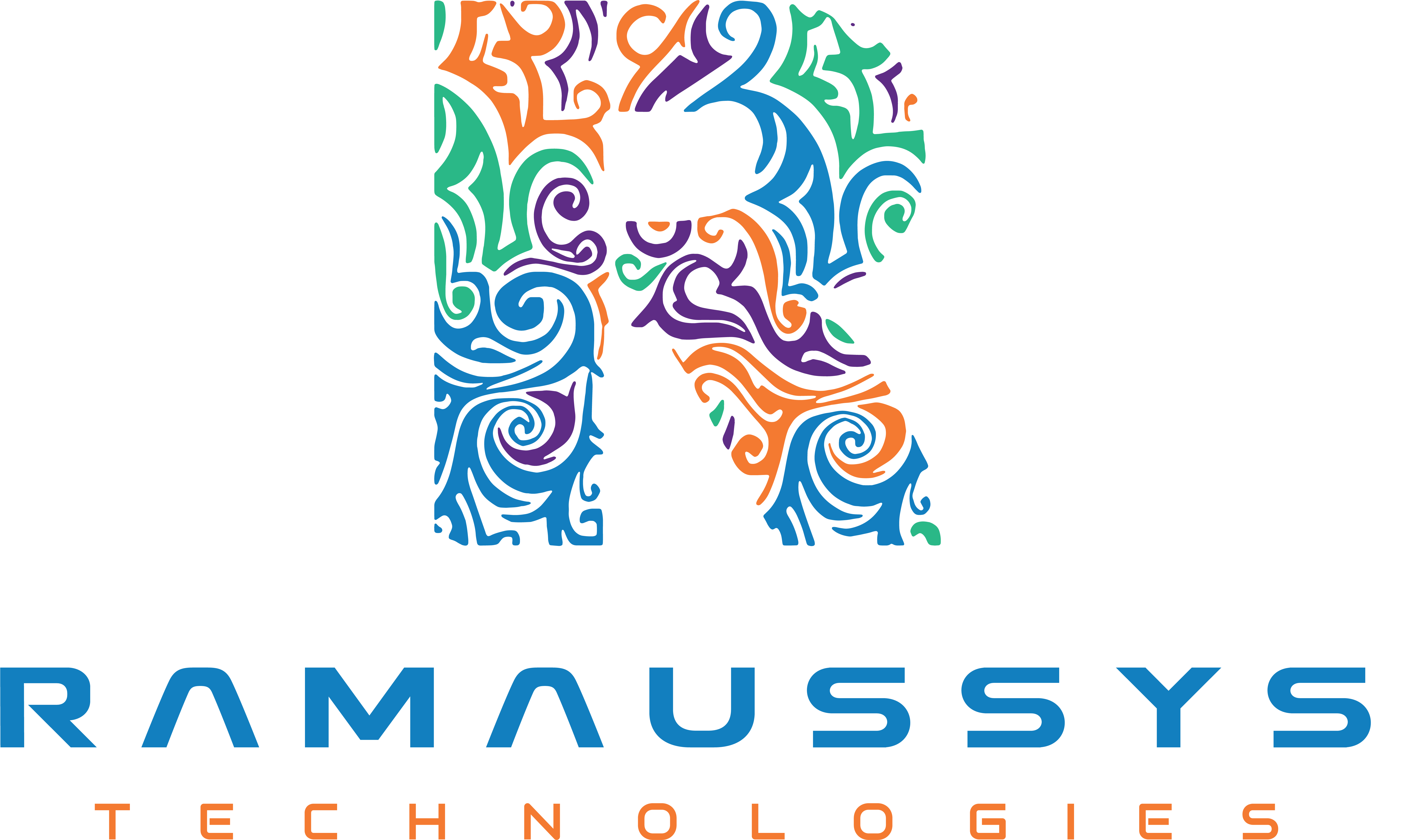Ramaussys Technologies recently worked with Propex, a leading company in the industry, to develop a mobile application using Flutter. The objective was to create a cross-platform app that would provide a seamless user experience and enhance customer engagement. The case study will highlight the challenges faced during the development process, the solutions implemented, and the outcomes achieved.
Overview
Challenge
Propex recognized the need for a mobile application to cater to the changing customer behavior and stay ahead of competitors. They aimed to develop an app that would allow users to easily access and interact with their services on their preferred mobile devices. However, they faced several challenges in achieving this goal:
- Cross-platform Compatibility: Propex needed the app to be compatible with both iOS and Android devices to reach a wider audience. However, developing separate native apps would require significant resources and time.
- Efficiency and Performance: The app needed to deliver a smooth and high-performing experience to users. Propex was concerned about potential performance issues and the impact on user satisfaction.
- Time and Cost Constraints: Propex had a tight timeline and budget for the app development project. They needed a solution that would allow them to expedite the development process without compromising quality.
Analysis
To address Propex’s challenges, Ramaussys Technologies recommended developing the mobile app using Flutter, an open-source framework by Google that enables the creation of cross-platform applications with a single codebase. The decision to use Flutter was based on its potential to overcome the identified obstacles:
- Cross-platform Compatibility: Flutter’s ability to generate native-like interfaces and its seamless integration with both iOS and Android platforms made it an ideal choice for Propex. It allowed for faster development and reduced maintenance efforts compared to building separate native apps.
- Efficiency and Performance: Flutter’s robust architecture and native rendering capabilities ensured smooth animations and high-performance experiences. The framework’s focus on delivering a consistent UI/UX across platforms addressed Propex’s concerns about performance and user satisfaction.
- Time and Cost Constraints: Flutter’s Hot Reload feature, which enables instant code changes and updates, accelerated the development process. This reduced development time and minimized costs associated with testing and debugging.
Solution
Ramaussys Technologies implemented the following solutions to address Propex’s challenges:
- Flutter Development: The team utilized Flutter’s rich set of customizable UI components and widgets to create an intuitive and visually appealing mobile app. The use of a single codebase for both iOS and Android reduced development efforts and ensured consistent functionality across platforms.
- Performance Optimization: Ramaussys Technologies leveraged Flutter’s native-like performance capabilities and optimized the app’s code for efficient execution. This resulted in seamless animations, quick load times, and enhanced user satisfaction.
- Agile Development Approach: To meet the time and cost constraints, an agile development methodology was adopted. This allowed for iterative development, continuous testing, and faster delivery of features. Regular communication and feedback loops with Propex ensured alignment with their requirements throughout the development process.
Outcomes
The implementation of Flutter for the mobile app development project yielded several positive outcomes for Propex:
- Improved User Experience: The app developed using Flutter provided a consistent and user-friendly experience across both iOS and Android devices. Users appreciated the smooth animations, quick responsiveness, and intuitive design.
- Time and Cost Savings: By using Flutter’s single codebase approach, Propex was able to save significant time and cost compared to developing separate native apps. The Hot Reload feature further expedited the development and debugging processes.
- Increased Customer Engagement: The mobile app enabled Propex to engage with customers more effectively. Features such as personalized notifications, real-time updates, and easy access to services resulted in improved customer satisfaction and loyalty.
- Positive Business Impact: The enhanced mobile app positively impacted Propex’s business metrics. Key indicators, such as increased user acquisition, higher user retention rates, and improved conversion rates, contributed to the company’s overall growth and success.
Conclusion
By leveraging Flutter’s capabilities and expertise from Ramaussys Technologies, Propex successfully developed a mobile app that addressed their challenges and exceeded their expectations. The use of a single codebase for cross-platform development reduced time and cost while delivering exceptional performance and user experience. The outcomes achieved through the Flutter app development project propelled Propex to stay ahead of its competitors and maximize its business potential.

